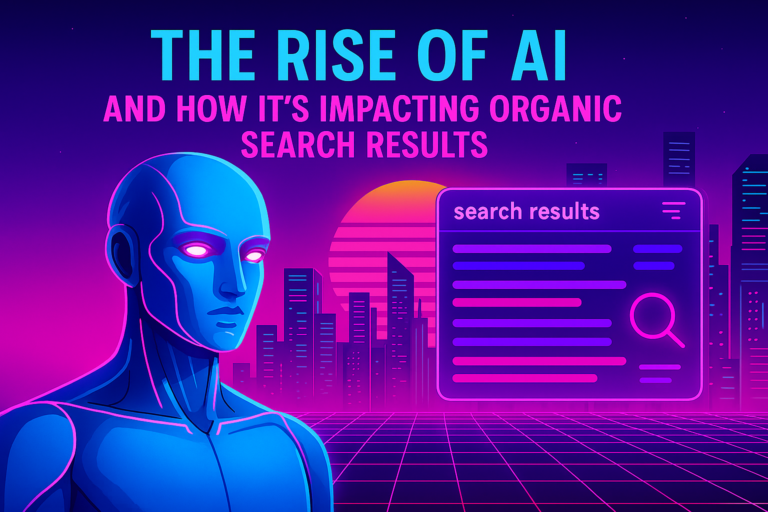Introduction
In today’s digital landscape, businesses constantly seek ways to streamline operations and enhance customer experiences. One area that has gained significant attention is Vision AI, an artificial intelligence technology capable of interpreting images, making decisions, and providing tailored recommendations based on visual data. In a recent discussion, the team shared insights into how Vision AI can be applied to various business challenges, including website UI/UX audits, product image searches, and even manufacturing applications. This blog post will delve into how businesses can leverage Vision AI to improve efficiency, provide personalized solutions, and create more engaging customer experiences.
The Challenge: Overcoming Limitations in Image Understanding
One of the main hurdles businesses face is the inability of traditional systems to understand and interpret visual data effectively. This limitation is especially prominent in product searches, e-commerce, and even manufacturing. For example, when trying to find a matching product image from a collection of photos, systems may struggle to interpret the same product from different angles or in different lighting conditions. This challenge is also present in the context of UI/UX audits for websites, where the visual layout, design, and functionality often require human intervention to assess and recommend improvements.
Traditional image processing technologies, although capable of recognizing certain patterns or features, often fail to handle complex visual data, leading to inefficiencies and missed opportunities. Businesses face the difficulty of manually analyzing visual content, resulting in delayed decision-making and less efficient operations.
The Solution: Vision AI – A Game-Changer for Businesses
Vision AI is transforming how businesses interact with and analyze visual data. By training AI systems to see, understand, and make decisions based on images, companies can automate processes that traditionally required human input. For example, the team discussed their work on a user interface (UI) and user experience (UX) audit tool that uses Vision AI to analyze website pages. The AI is trained to make recommendations based on visual elements—decisions that were previously made by professionals paid to conduct such audits.
One key advantage of Vision AI is its ability to interpret and relate visual data. Just as the AI can describe an image in great detail, it can provide actionable insights based on visual recognition. Whether it’s analyzing a webpage layout or identifying product features, AI-driven solutions can automate tasks that would normally require significant time and resources, providing businesses with more efficient and cost-effective ways to optimize operations.
Real-World Examples: Vision AI in Action
The team shared several practical applications of Vision AI, demonstrating how businesses can leverage this technology in diverse ways.
- Website UX Audits: By implementing Vision AI, businesses can automate the audit process for their websites, allowing AI to suggest design and layout improvements, such as optimizing image placement, improving accessibility, or streamlining navigation. This can save businesses significant time and money while improving the user experience.
- Product Image Search and Matching: In the e-commerce space, Vision AI is enhancing product search capabilities. For instance, instead of relying on basic tags or keywords, Vision AI can analyze product images and find similar items based on their visual features. This approach is highly beneficial when users need to search for products based on images taken from various angles or contexts, offering a more intuitive and efficient way to find matching products.
- Manufacturing and Production: In manufacturing environments, Vision AI can be used to identify parts or materials on production lines, helping to automate inventory management or quality control processes. For example, by placing a yardstick next to products for reference, Vision AI can assess their size, ensuring that the correct parts are used in production, reducing errors and improving operational efficiency.
Implementation & Benefits: Streamlining Operations with Vision AI
The integration of Vision AI into business operations presents several benefits that can significantly improve both internal processes and customer interactions:
- Enhanced Efficiency: By automating tasks such as UI/UX audits or image searches, businesses can reduce reliance on manual labor, saving time and resources. This allows companies to focus on higher-value activities that drive innovation and growth.
- Improved Decision-Making: AI’s ability to analyze images and make informed decisions helps businesses create more accurate, data-driven strategies. Whether optimizing website design or enhancing product search functions, AI provides valuable insights that lead to better outcomes.
- Cost Reduction: Automation through Vision AI reduces the need for expensive human resources in certain roles. Businesses can leverage AI to handle tasks that would traditionally require specialized knowledge, resulting in a more cost-effective solution.
- Scalability: As AI systems become more proficient, businesses can scale their AI-driven solutions to handle larger datasets, expand to new industries, or support additional functions, such as virtual product tours or customer service automation.
Actionable Takeaways
- Implement Vision AI for Website Optimization: Consider using Vision AI to automate the process of auditing your website’s design and user experience. By training the AI to analyze and recommend improvements based on visual elements, you can significantly improve your site’s usability without the need for a full-time designer.
- Enhance Product Search with Vision AI: Integrate Vision AI into your e-commerce platform to improve product search functionalities. By using visual recognition to match similar products, customers can find items more intuitively, enhancing their shopping experience.
- Adopt Vision AI for Manufacturing Operations: Leverage Vision AI to optimize production lines by incorporating visual recognition for inventory management, quality control, and size verification. This can help reduce errors and improve the efficiency of manufacturing operations.
- Utilize Vision AI for Interactive Webinars and Product Demos: Create immersive and interactive experiences for your clients using Vision AI. Develop a webinar page or virtual tour that utilizes AI-driven visuals to guide users through your products and services.
Conclusion
Vision AI is a powerful tool that can revolutionize the way businesses approach visual data. By automating image-related tasks and providing more efficient ways to analyze visual content, companies can save time, reduce costs, and make better-informed decisions. From improving website design and product searches to optimizing manufacturing operations, the potential applications of Vision AI are vast and varied. As businesses continue to adopt AI-driven solutions, the opportunities for growth and innovation will only expand, offering new ways to enhance customer experiences and streamline internal operations.
For businesses looking to harness the power of Vision AI, now is the time to start exploring its potential. Whether you are optimizing your website’s UX or enhancing product search functionalities, Vision AI can provide the tools you need to stay ahead in a competitive market.









